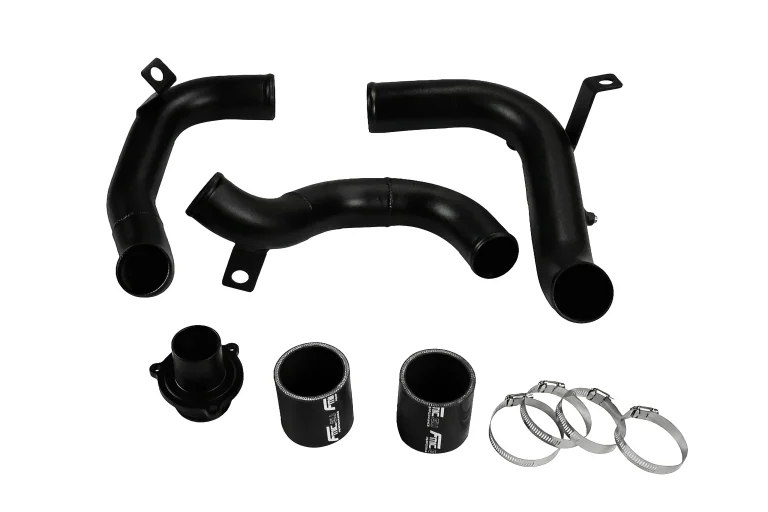
Understanding Electrical Equipment Testing
Electrical equipment testing plays a crucial role in ensuring the safety, reliability, and performance of electrical systems across various industries. This systematic process involves evaluating the functionality and condition of electrical components to ensure they meet established safety and performance standards. One key aspect is conducting Electrical Equipment Testing to minimize risks associated with electrical failures. Understanding what electrical equipment testing entails, its importance, and the various methods can significantly enhance your safety or operational standards.
What is Electrical Equipment Testing?
Electrical equipment testing refers to the systematic process of assessing the safety and functionality of electrical devices and systems. This may involve checking the integrity of wiring, the performance of components such as circuit breakers, fuses, and electrical panels, and ensuring compliance with national and international standards. The testing is critical to identify potential hazards, prevent failures, and enhance the overall efficiency of the electrical system.
Importance of Electrical Testing in Safety Compliance
Electrical testing is not just a best practice; it’s a regulatory requirement for many industries. Compliance with safety standards like the National Electrical Code (NEC) and Occupational Safety and Health Administration (OSHA) regulations is essential. Regular testing helps to:
- Ensure compliance with legal and industry standards.
- Minimize the risk of electrical shock, fire, and equipment failure.
- Extend the lifespan of electrical equipment through early detection of faults.
- Optimize operational performance to reduce downtime.
Common Electrical Tests Explained
Several standard tests are common in electrical equipment testing, including:
- Insulation Resistance Testing: Measures the resistance of insulating materials to prevent current leaks.
- Continuity Testing: Verifies that electrical flow is possible throughout the circuit.
- Voltage Testing: Assesses the voltage levels in the system to ensure they meet operational standards.
Types of Electrical Equipment Tests
Insulation Resistance Testing Basics
Insulation resistance testing is crucial to prevent electrical shock and equipment damage. This test evaluates the insulating properties of a device or circuit against defined standards. A megohmmeter is typically used for this testing, measuring resistance in ohms. A high resistance indicates good insulation integrity.
Continuity Testing Procedures and Standards
Continuity testing is essential for checking the electrical circuit path. Typically, a continuity tester or multimeter is used to verify that the electrical pathway is complete and no interruptions exist. This test prevents potential electrical hazards by ensuring all connections are intact.
Voltage Testing: Techniques and Equipment
Voltage testing determines if the electrical circuit carries the correct voltage level. This is crucial for all electrical appliances and devices. Digital voltmeters and oscilloscopes are commonly used for accurate readings. Proper procedures must be followed, including proper grounding and adherence to safety protocols.
Choosing the Right Testing Equipment
Essential Tools for Electrical Testing
Having the right tools for electrical testing is crucial for accurate readings and safety. Essential tools include:
- Multimeters: For measuring voltage, current, and resistance.
- Clamp Meters: To measure current without direct contact with the circuit.
- Insulation Resistance Testers: To evaluate the integrity of insulation materials.
Factors to Consider When Selecting Testing Equipment
When selecting testing equipment, consider the following:
- Type of Testing Required: Ensure the tool is suitable for the specific types of tests needed.
- Accuracy and Range: Look for devices with high accuracy ratings and appropriate measurement ranges.
- Ease of Use: User-friendly interfaces save time and improve safety.
Comparative Review of Top Testing Tools
Some top-rated electrical testing tools available include:
- Fluke 117 Electrician’s True RMS Multimeter: Known for its accuracy and user-friendly interface.
- Extech EX570 Industrial Multimeter: Excellent for industrial applications, featuring high durability.
- Megger MIT525 Insulation Tester: Ideal for thorough insulation testing across various parameters.
Best Practices for Electrical Equipment Testing
Step-by-Step Guide to Conducting Electrical Tests
When conducting electrical tests, follow these steps to ensure thoroughness and compliance:
- Shut off all power to the equipment being tested.
- Use the appropriate personal protective equipment (PPE).
- Follow specific testing procedures for each type of test being performed.
- Document all findings and any irregularities observed during testing.
- Restore power only after all tests have been completed and documented.
Safety Procedures and Guidelines
Safety cannot be overstated in electrical testing. Essential safety procedures include:
- De-energizing equipment before testing.
- Using insulated tools and wearing appropriate PPE.
- Conducting tests in well-lit and dry areas to prevent slipping or accidents.
Common Mistakes to Avoid During Testing
Avoid these common testing mistakes to ensure accuracy and safety:
- Not following manufacturer guidelines for equipment use.
- Neglecting to document test results comprehensively.
- Inadequate training or oversight during the testing process.
Future Trends in Electrical Equipment Testing
Innovations in Testing Technologies
The landscape of electrical equipment testing is continually evolving, with innovations like:
- Smart Testing Equipment: Tools equipped with IoT technologies for real-time monitoring and data analysis.
- Software Integration: Utilizing software solutions for managing and analyzing testing data efficiently.
- AI and Machine Learning: Innovations in predictive maintenance, allowing for proactive identification of issues before they manifest.
Regulatory Changes Impacting Testing Practices
As technology evolves, regulations are also adapting to ensure safety standards are met. Regular updates in safety protocols mean equipment must continuously be compliant with the latest standards. Following these regulations is crucial for companies in regulated industries to avoid penalties and ensure employee safety.
Preparing for the Future of Electrical Safety Testing
Organizations can prepare for the future by investing in training current staff on new technologies, staying updated on regulatory changes, and fostering a culture of safety and compliance. Emphasizing continual learning and adaptation will improve safety standards and operational efficiencies.






